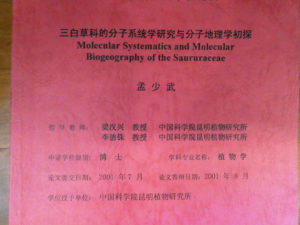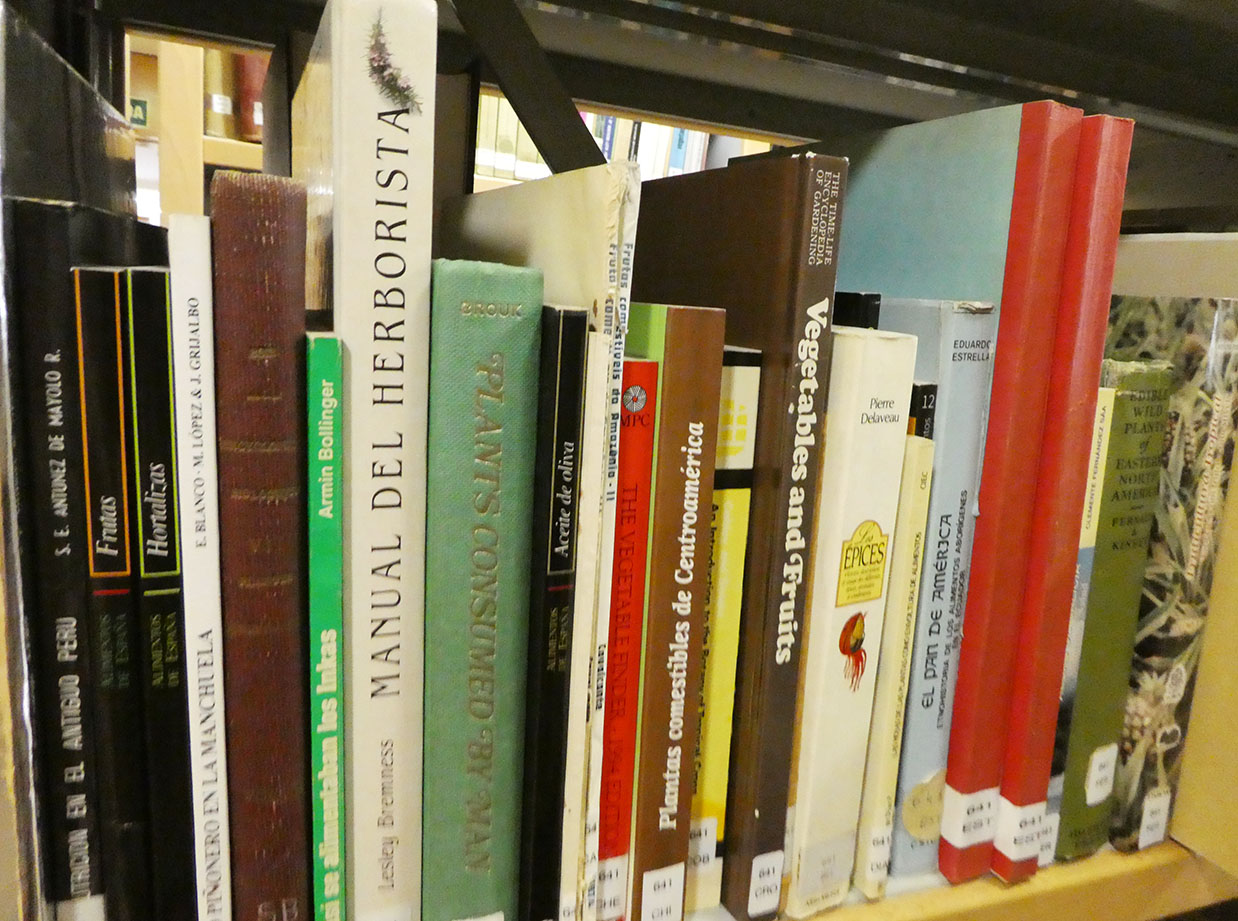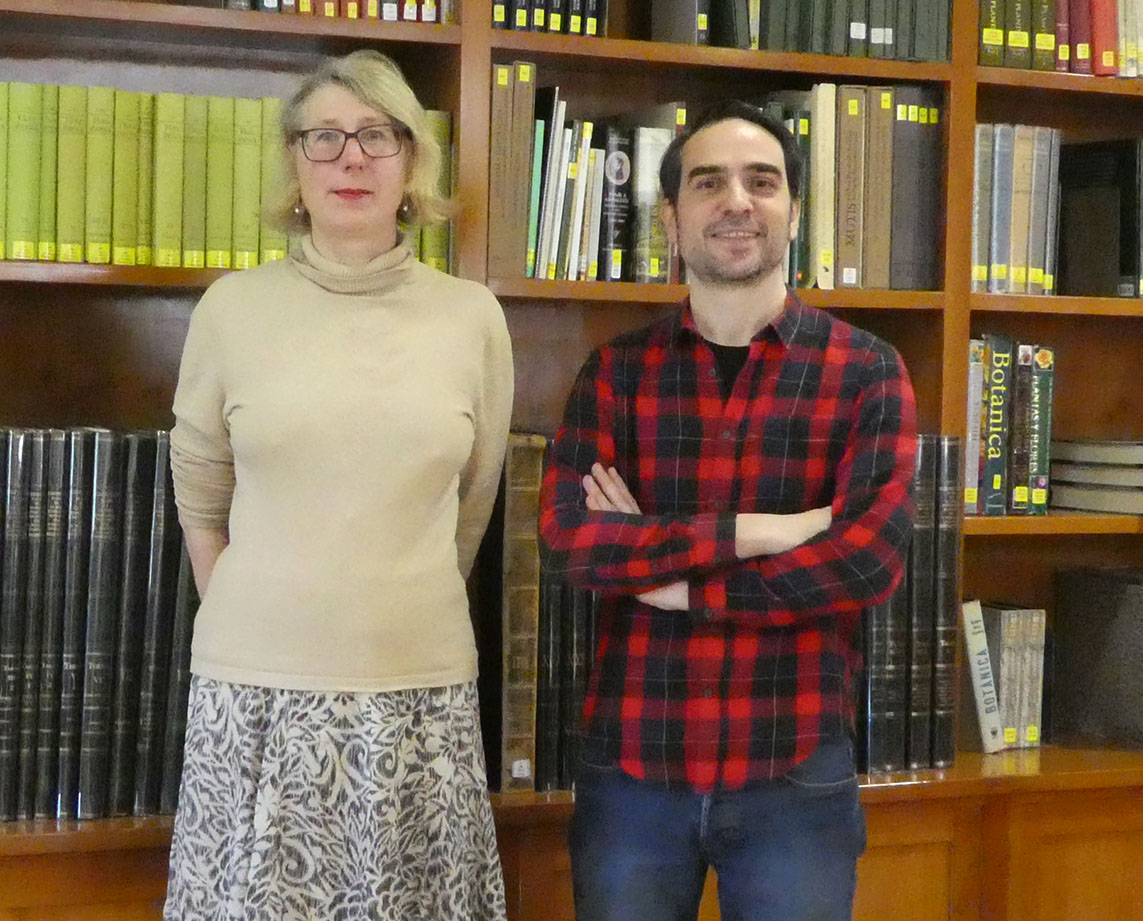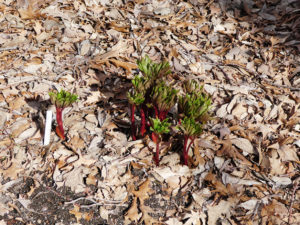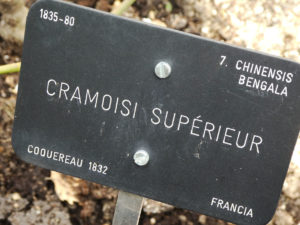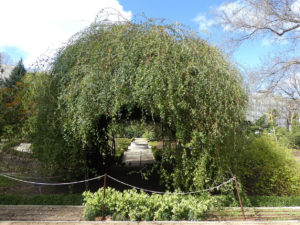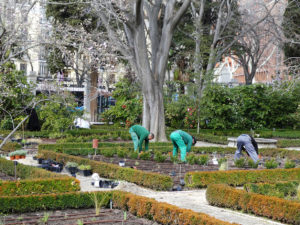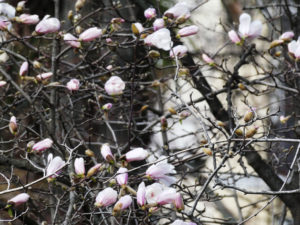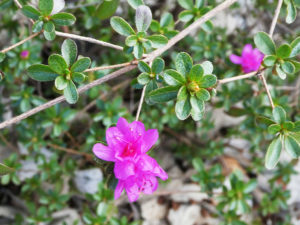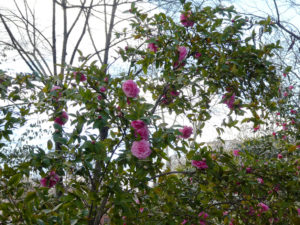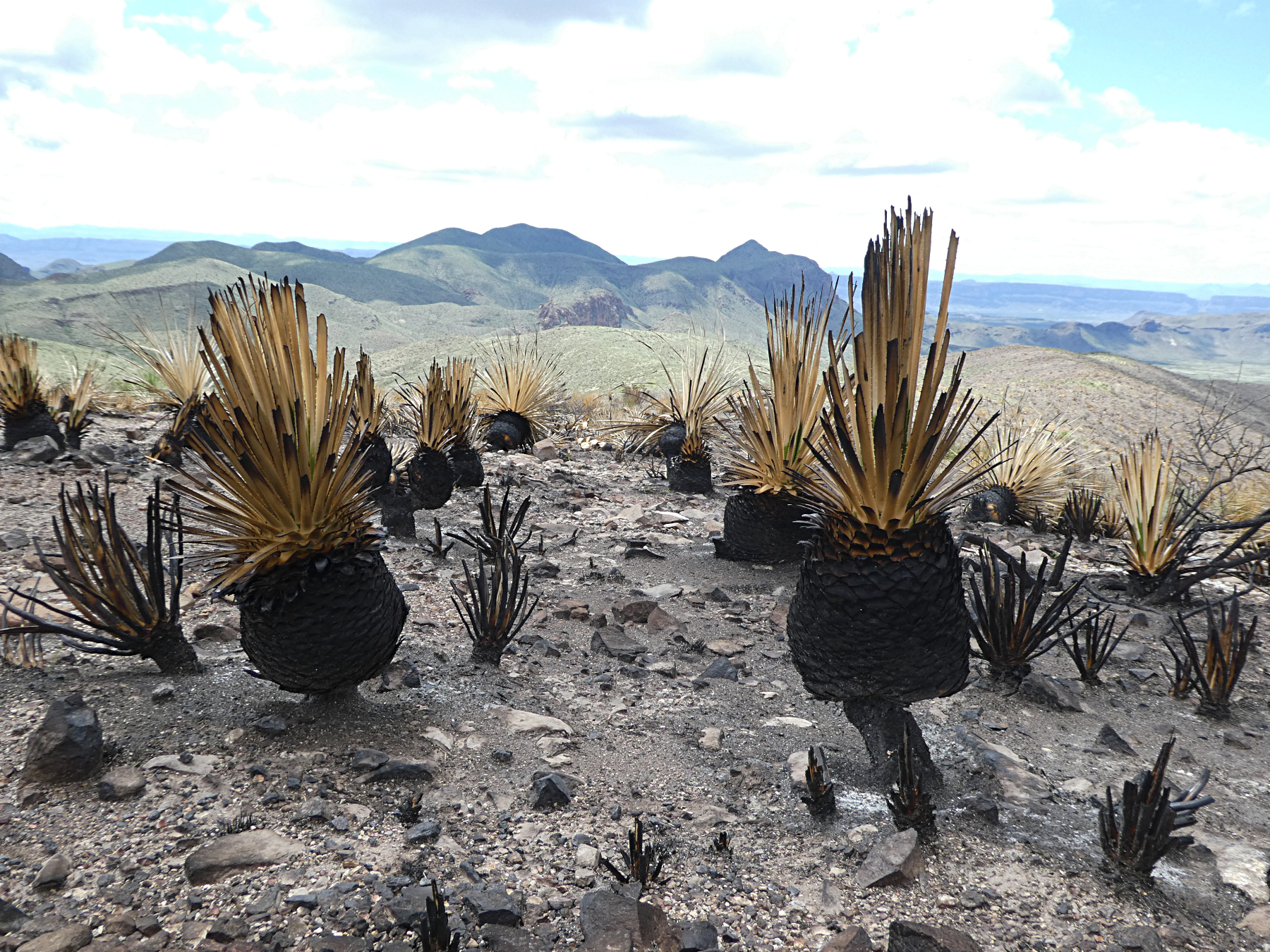 (Übersetzung folgt) The Sotol plant (Dasylirion liophyllum) abounds on the Northern slopes of the Big Bend National Park. Its slender flower stems reach into the air, gently waving in the occasional breezes coming down from the mountains.
(Übersetzung folgt) The Sotol plant (Dasylirion liophyllum) abounds on the Northern slopes of the Big Bend National Park. Its slender flower stems reach into the air, gently waving in the occasional breezes coming down from the mountains.
The sotol belongs to the family of the agavea yet its outer appearance resembles more a yucca. The Indians used to roast the heart of the plant in fire pits dug into the earth, coals beneath and silt on top to cover them.
Yet, as we approach the Big Bend’s “Sotol View“ it becomes apparent that quite recently a bush fire has raged in the region. The ground is almost bare, splashed with grey patches of ashes and in between, the stumps of the sotel plants sit like churned pineapples, surrounded by the black sticks and twigs what was formerly mesquite and coal back stubbles of gras.
A closer look reveals that most of the Sotel plants are not dead at all! Slowly (but not really slow, as desert plants are fast-reacting beings), one days after another, new green pushes the scorched leaves forward. I’d say that the fire happened maybe 2-3 weeks ago, no more. Already new seedlings have appeared in little clusters, some of the stubbles show new leaves of grass. The opuntias however, look desolate. Their „ears“ have turned to a sickly, almost transparent yellow, and where the whole plant has been seized, there is nothing left to rescue.
Some plants are only burnt half, clearly the fire had been extinguished fairly quickly. The Big Bend’s fire brigade goes by the name of „Los Diablos“, a Mexican troop notoriously known by its efficiency, courage and speed. As they say, they „fight the fire like the devil“, hence the name. Still, there is a bitter taste to the story of this brigade. Being Mexicans and having their home mostly close to the border, the men are – despite the fact that the group is even recruited for emergencies all over the South West far into Presidio county – not even allowed a permanent working permit.
Read More







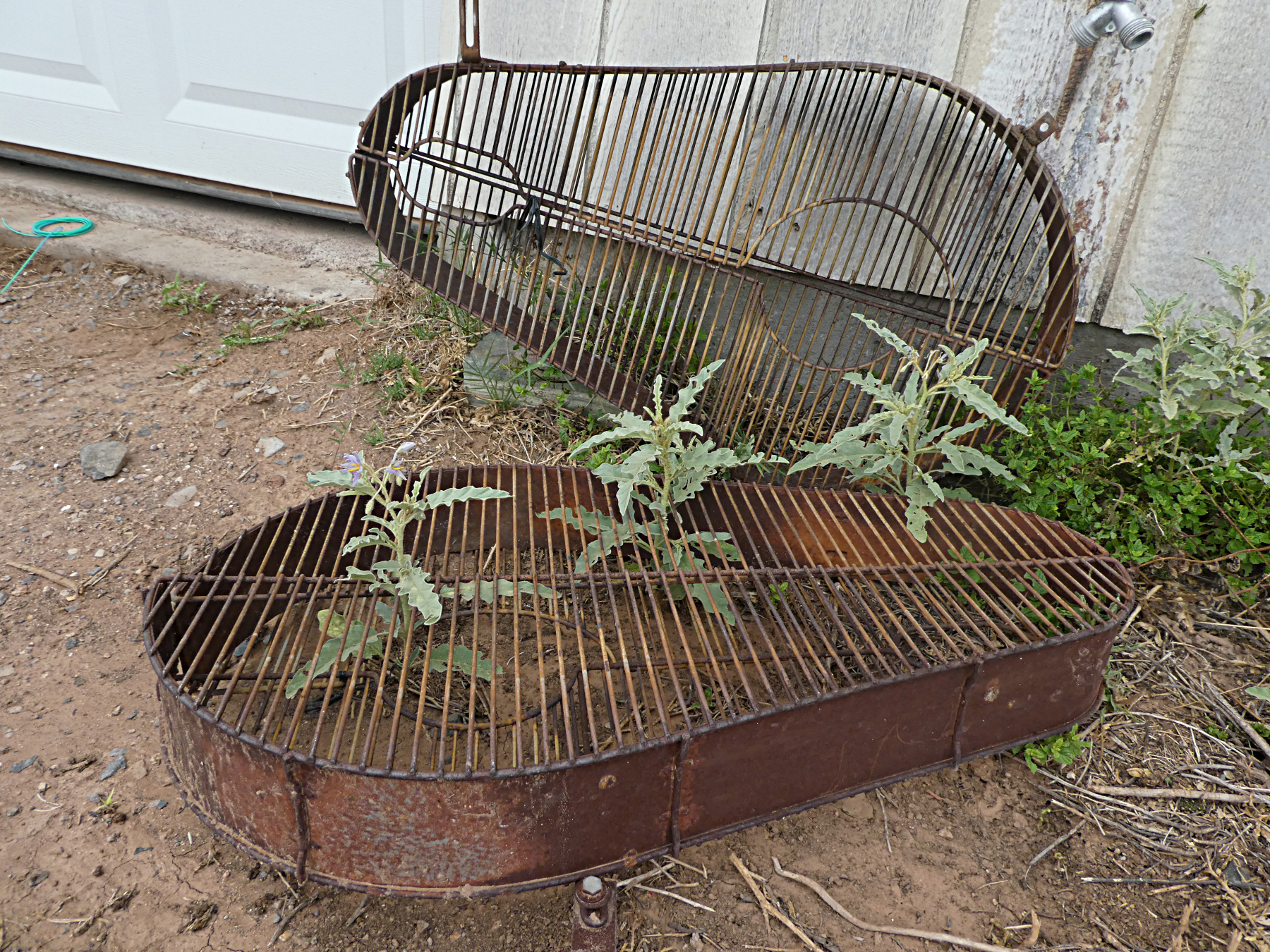
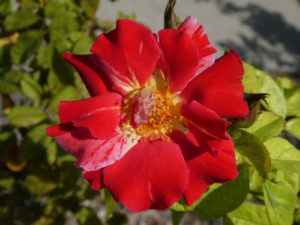
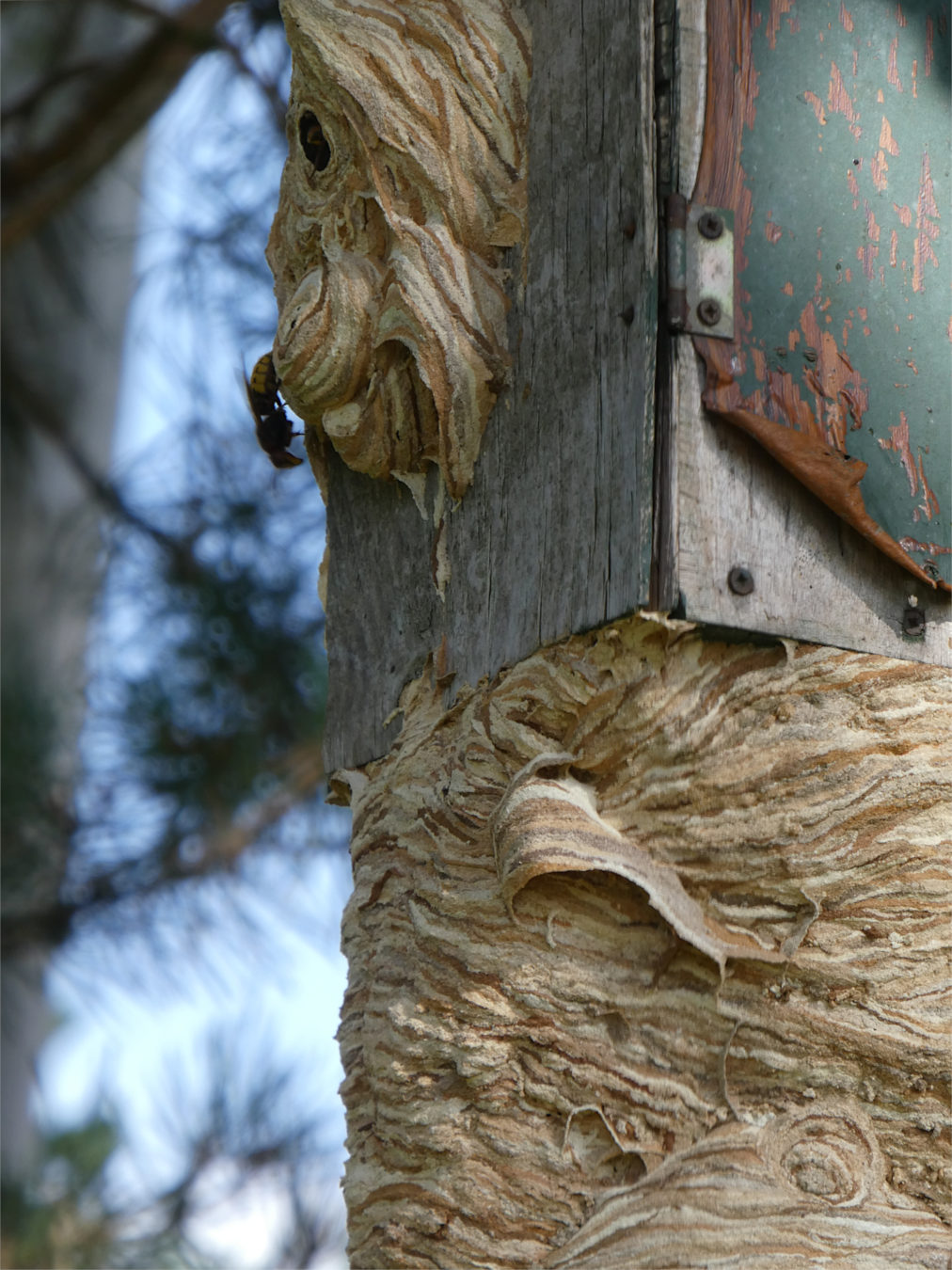

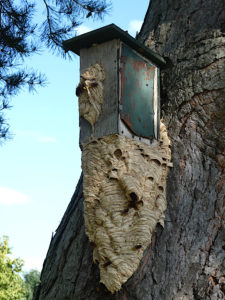
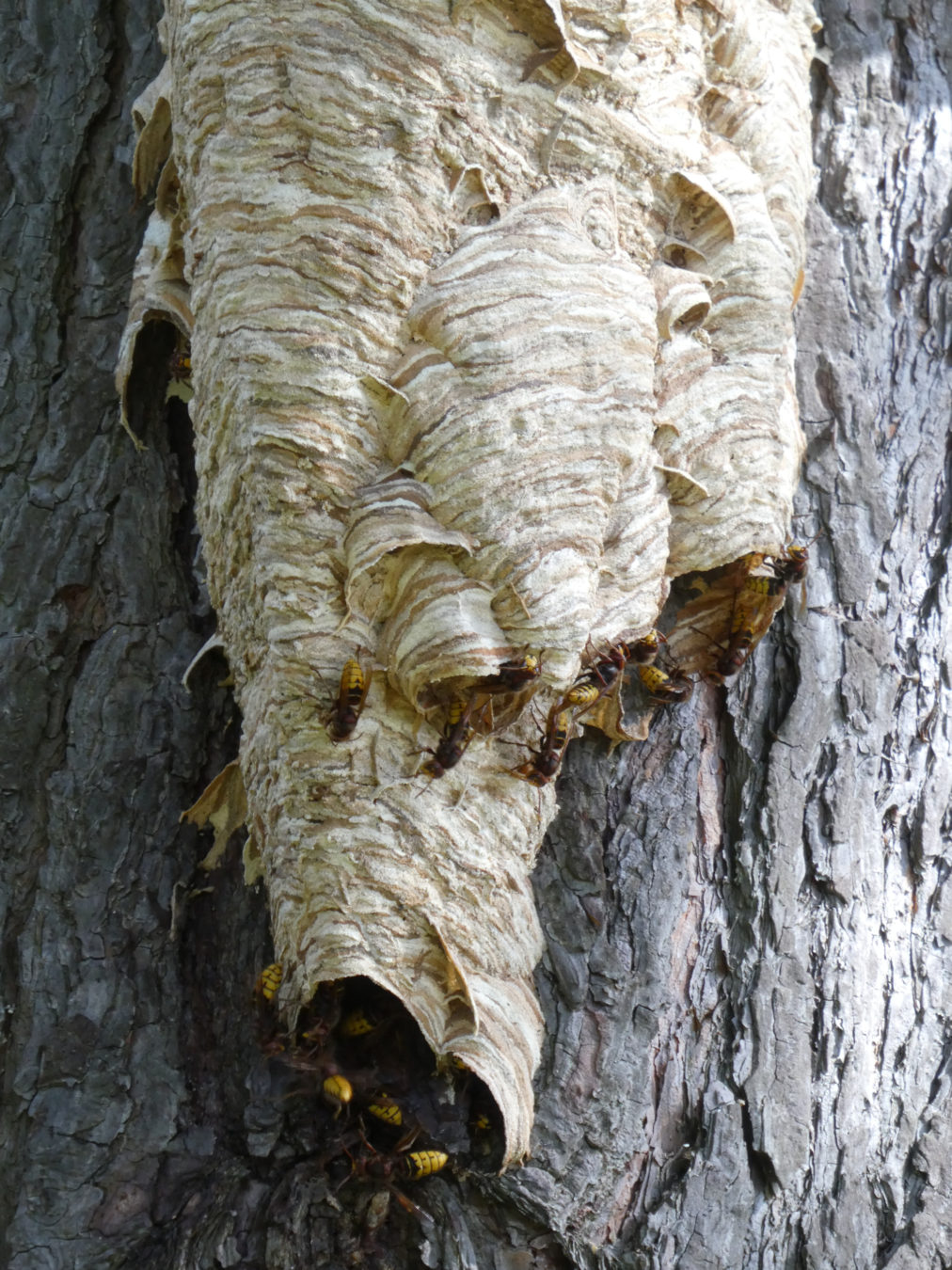
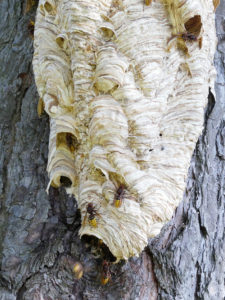
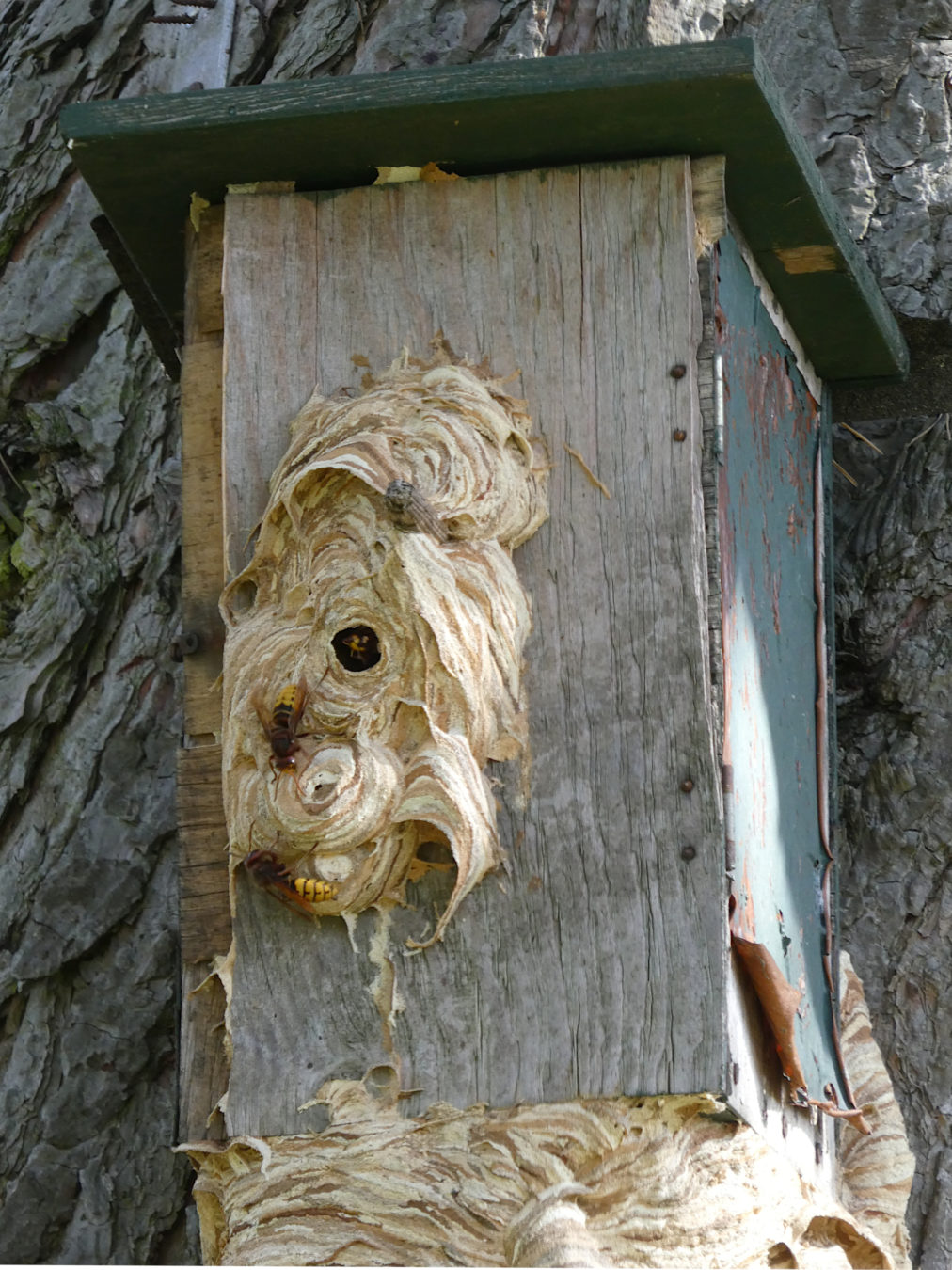
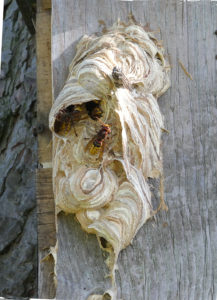
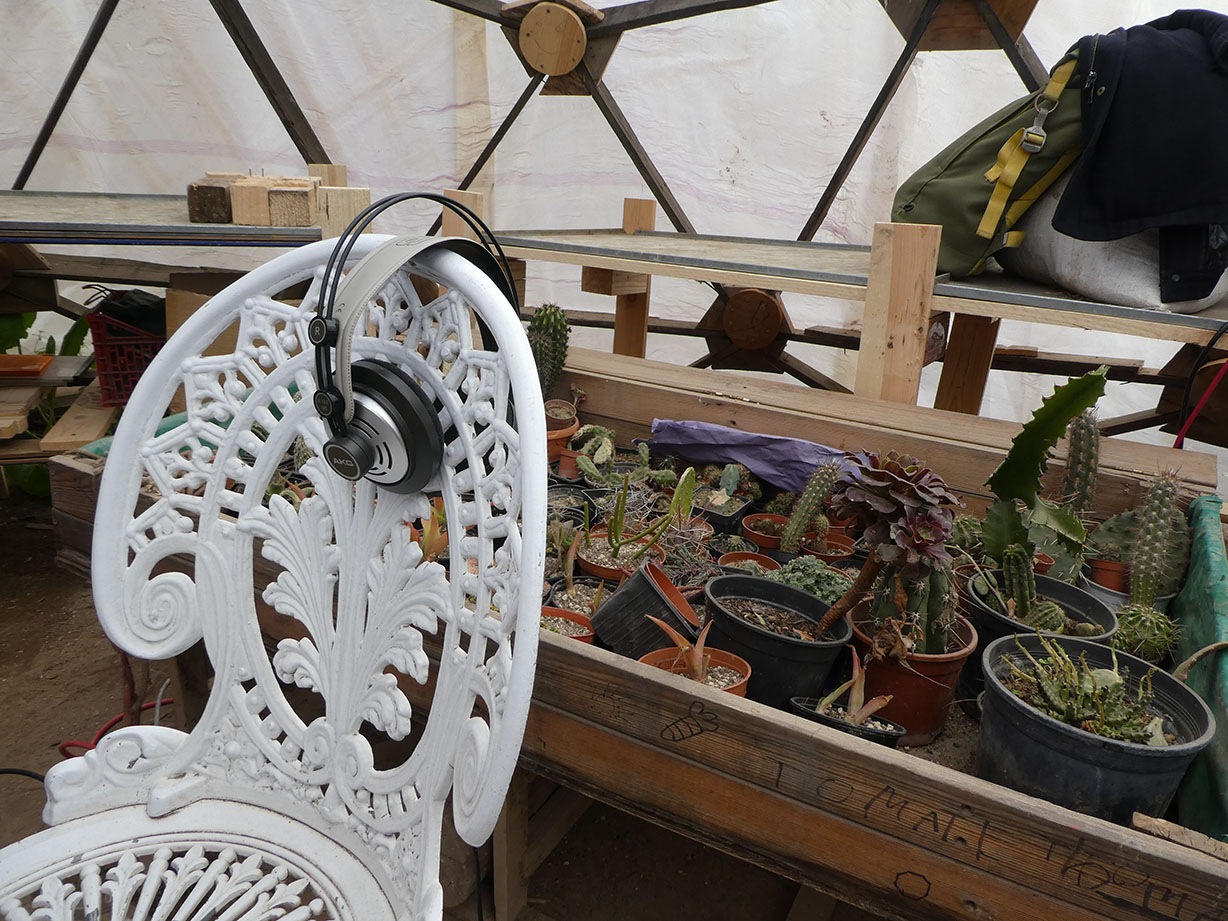 Preparations
Preparations


































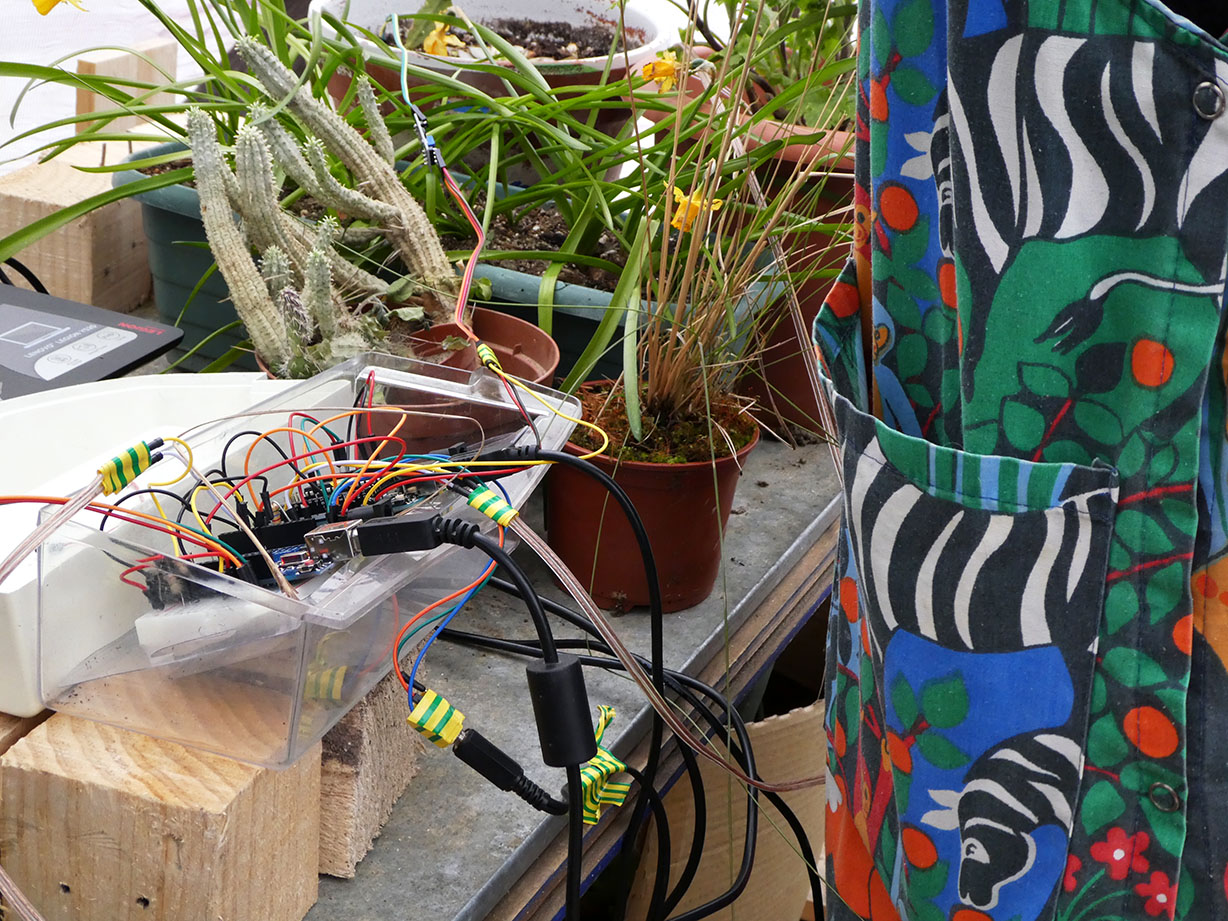
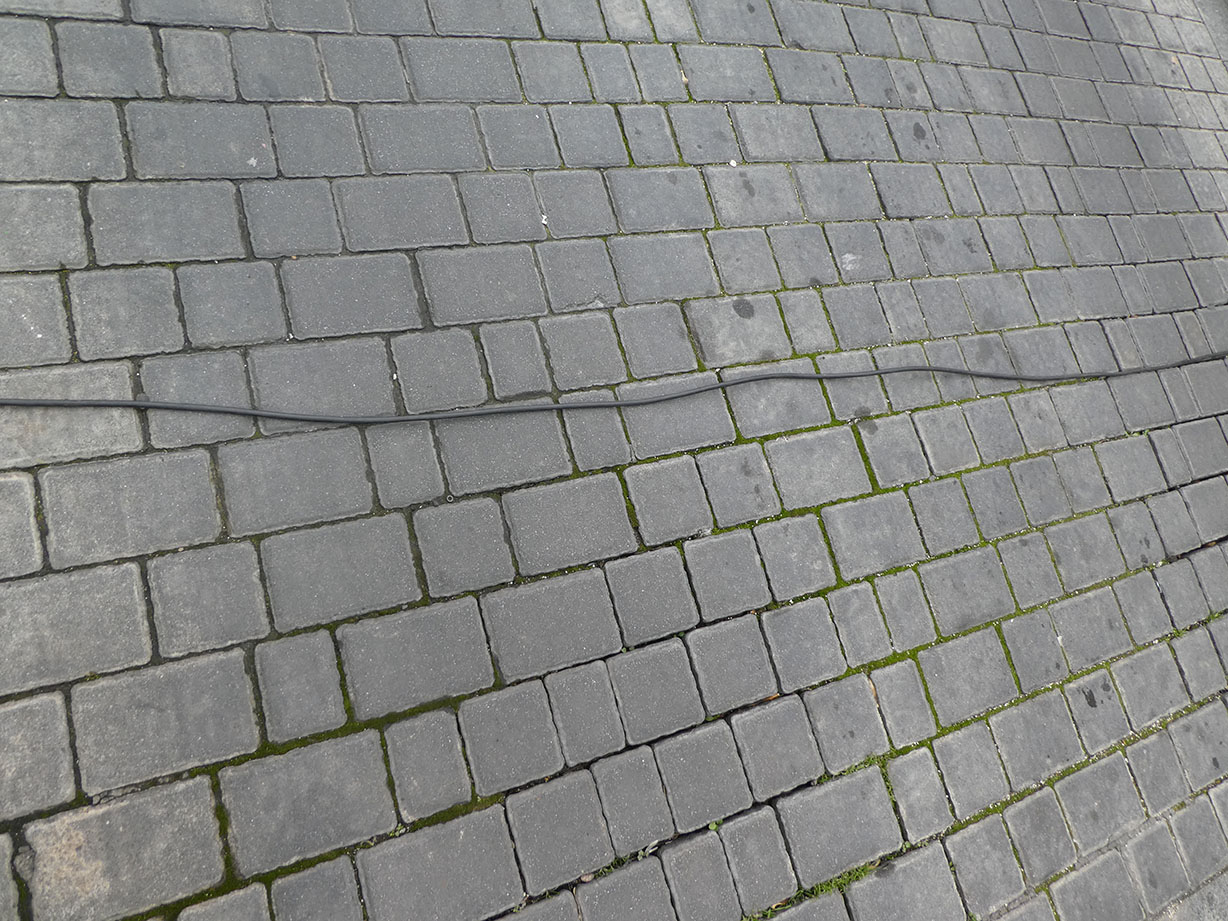
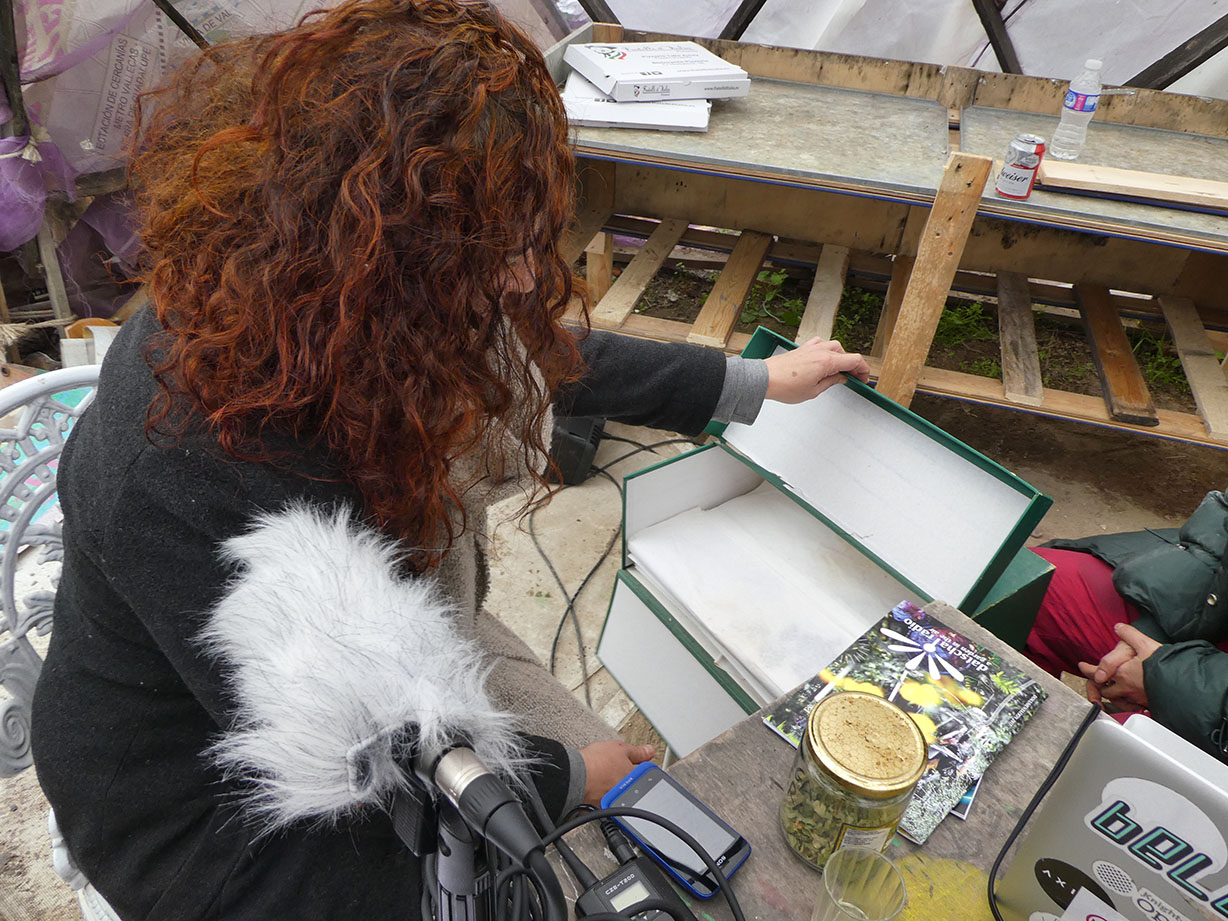

















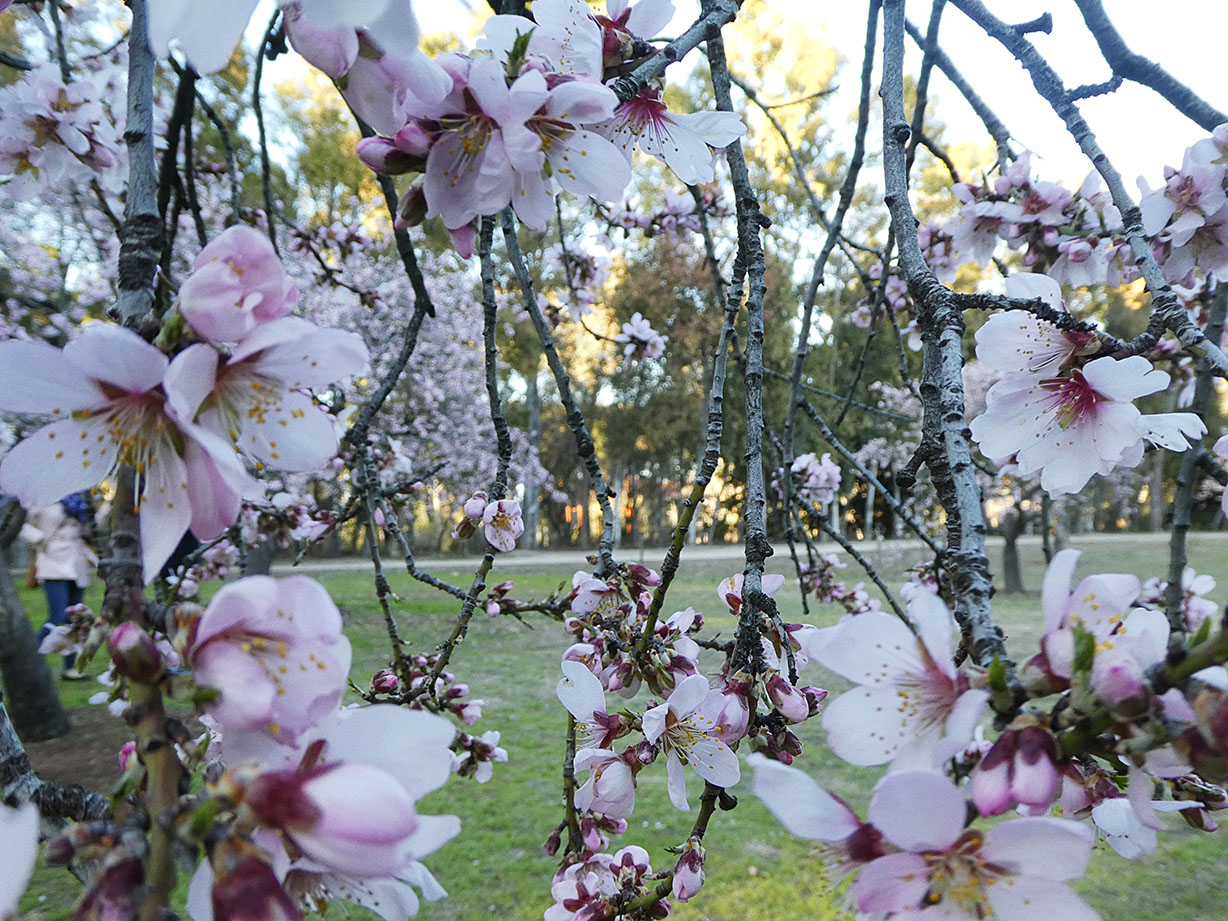



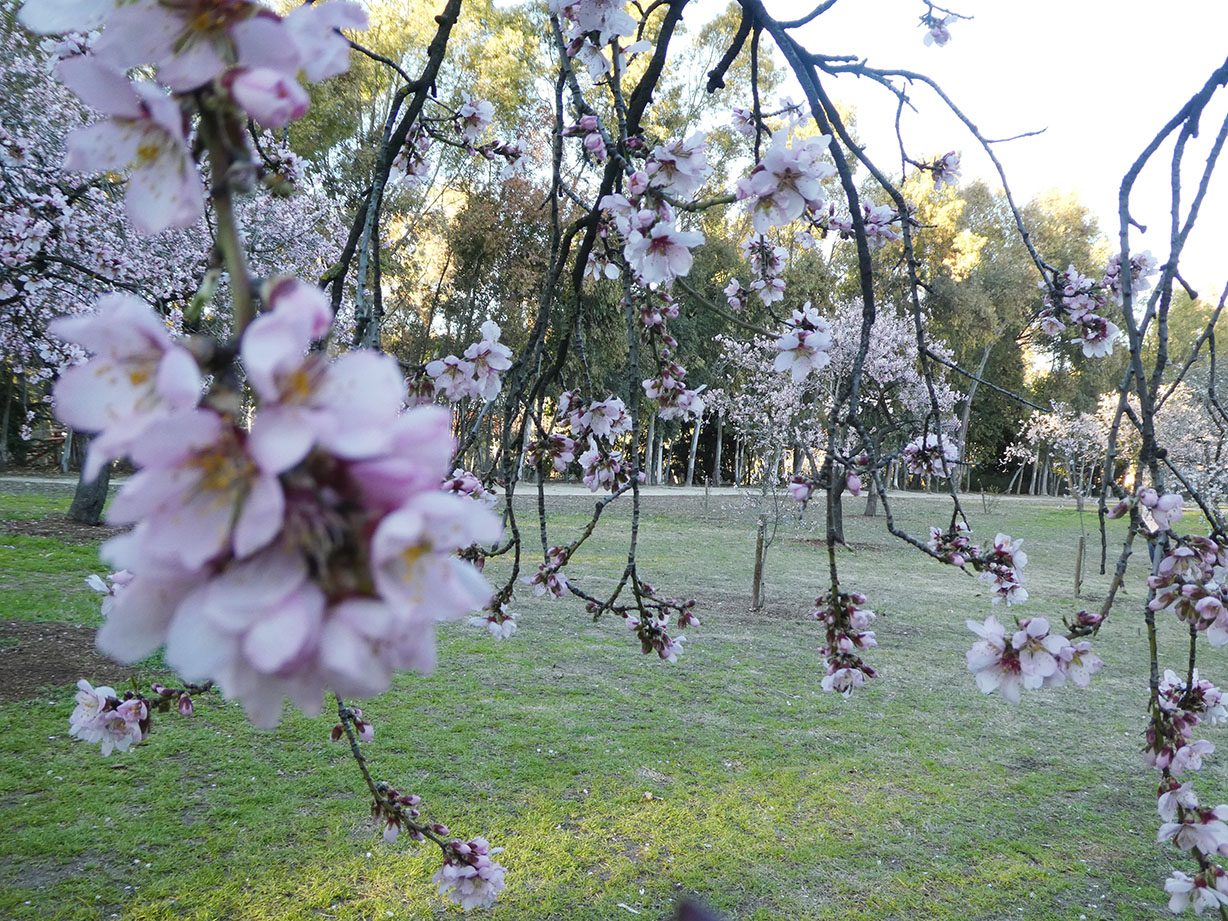
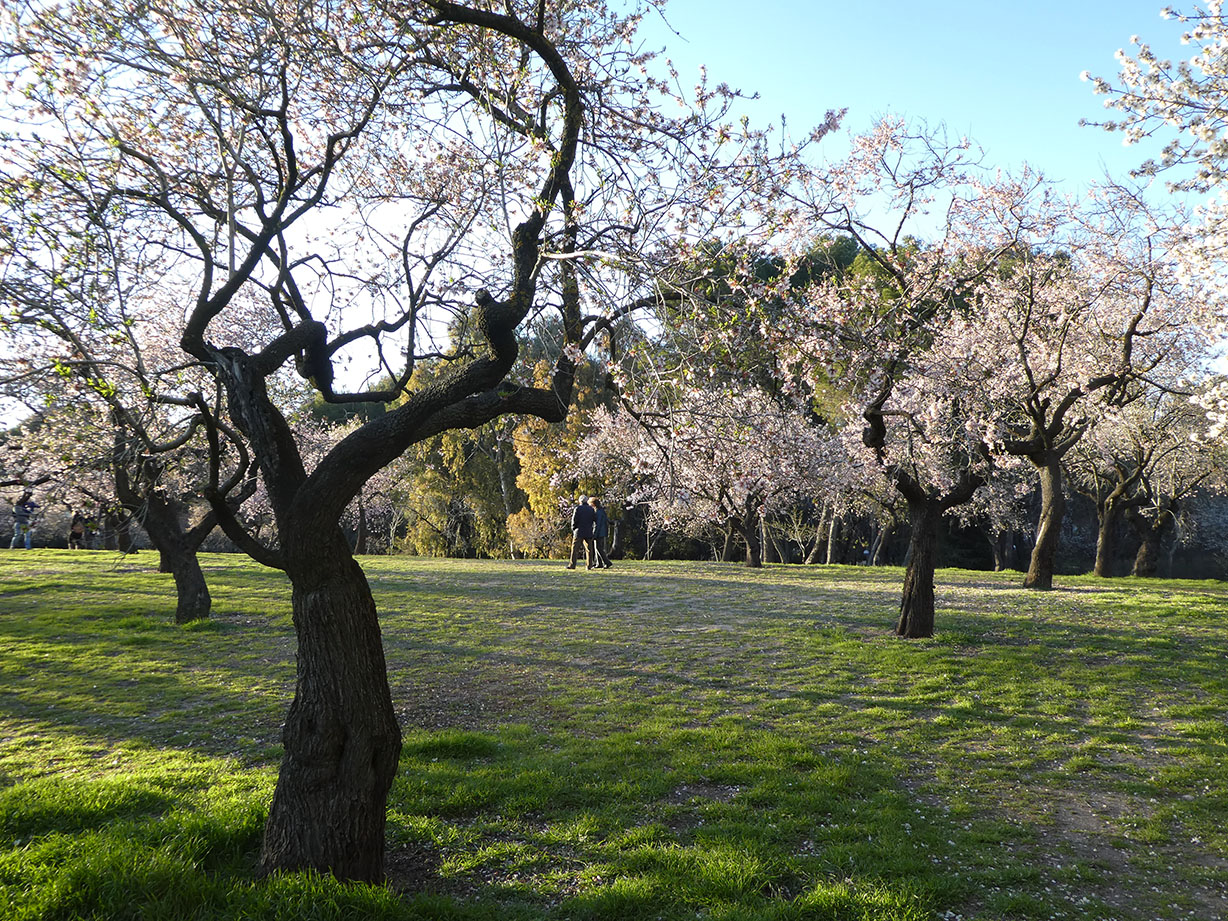

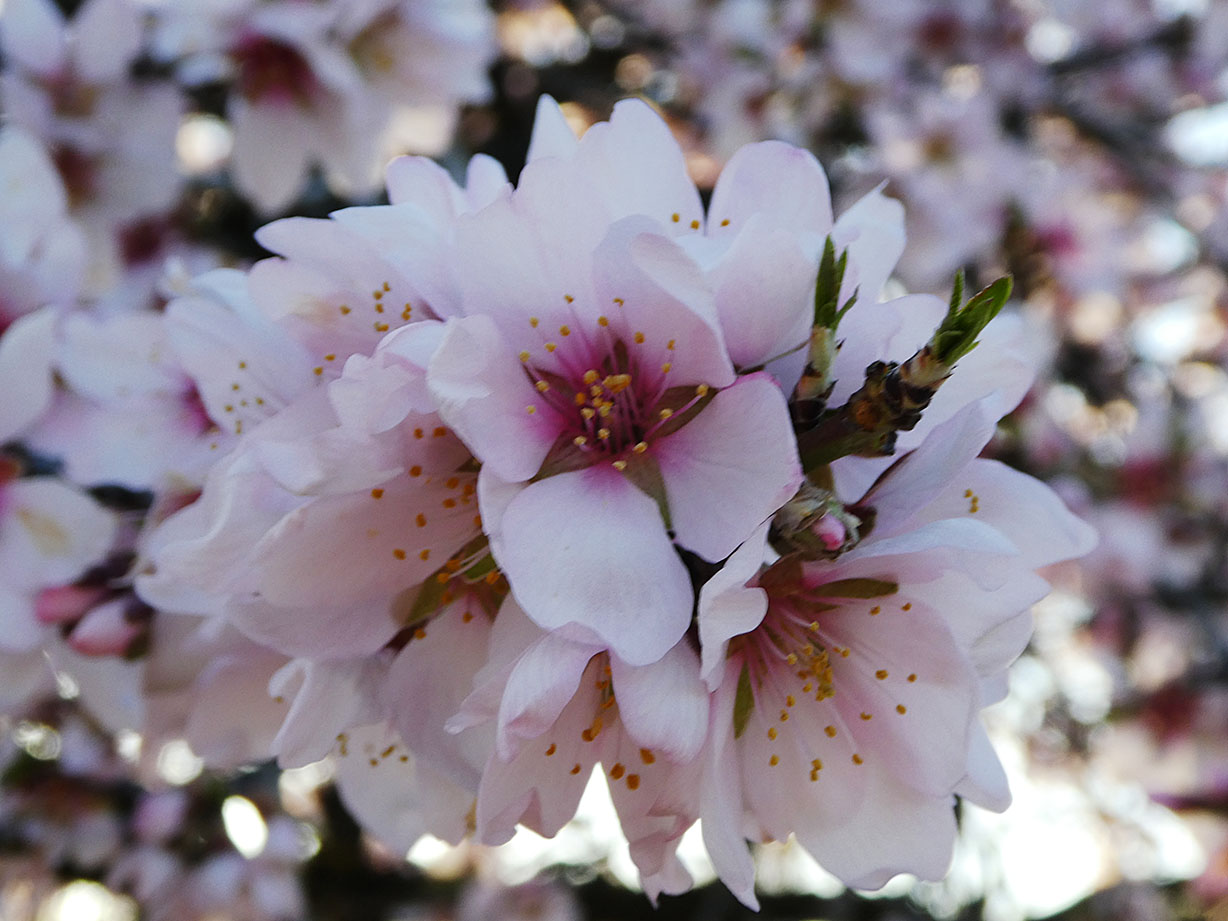
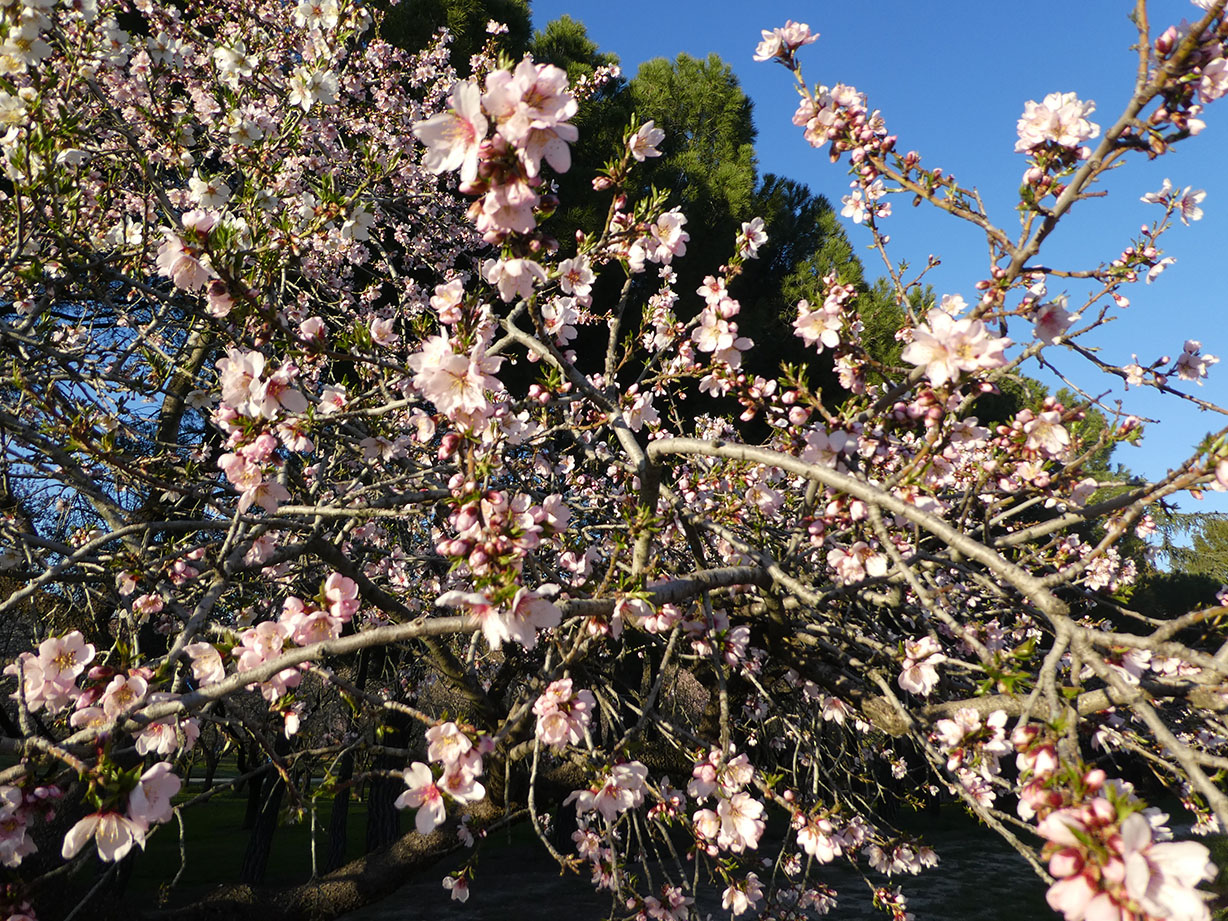
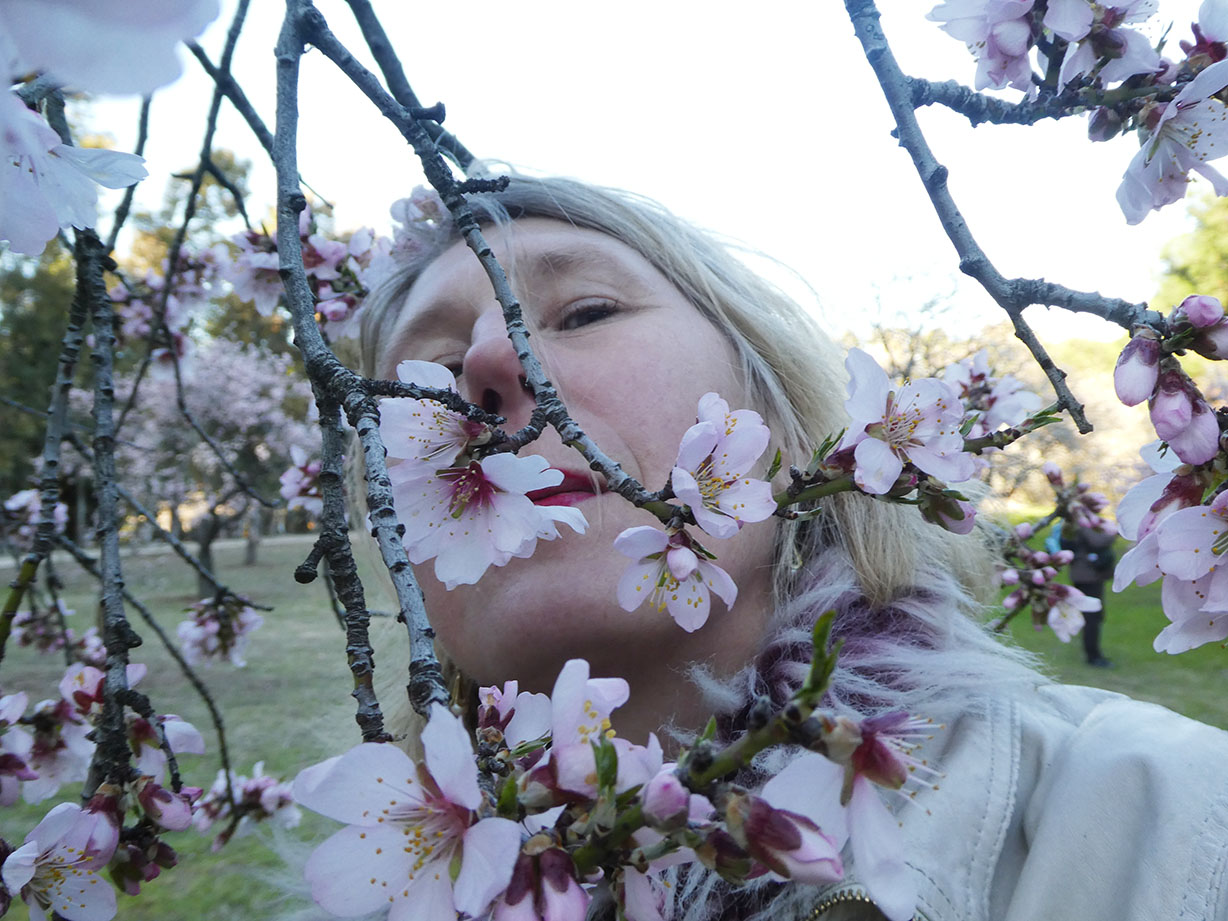
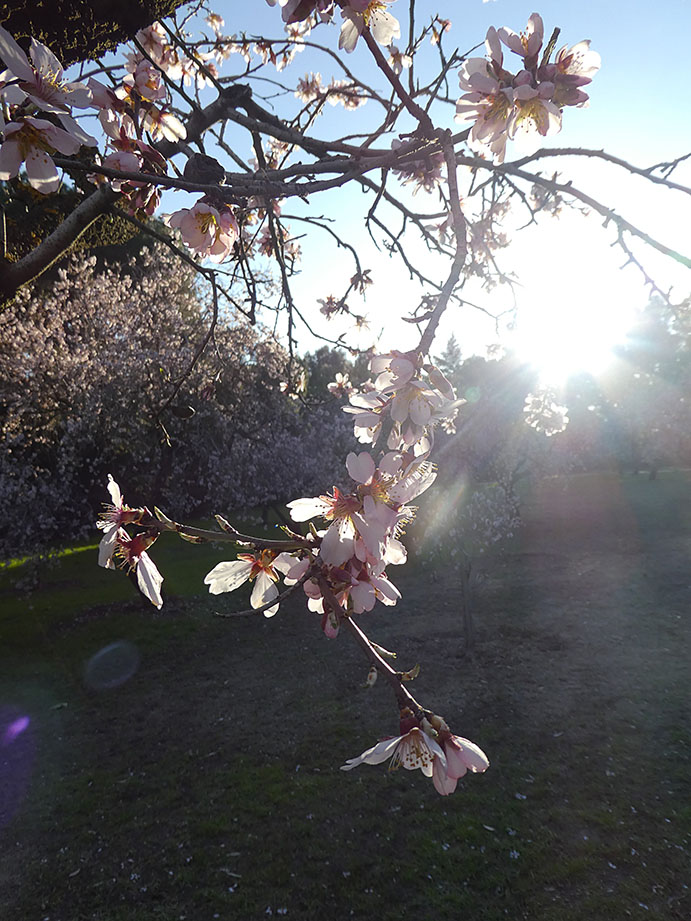
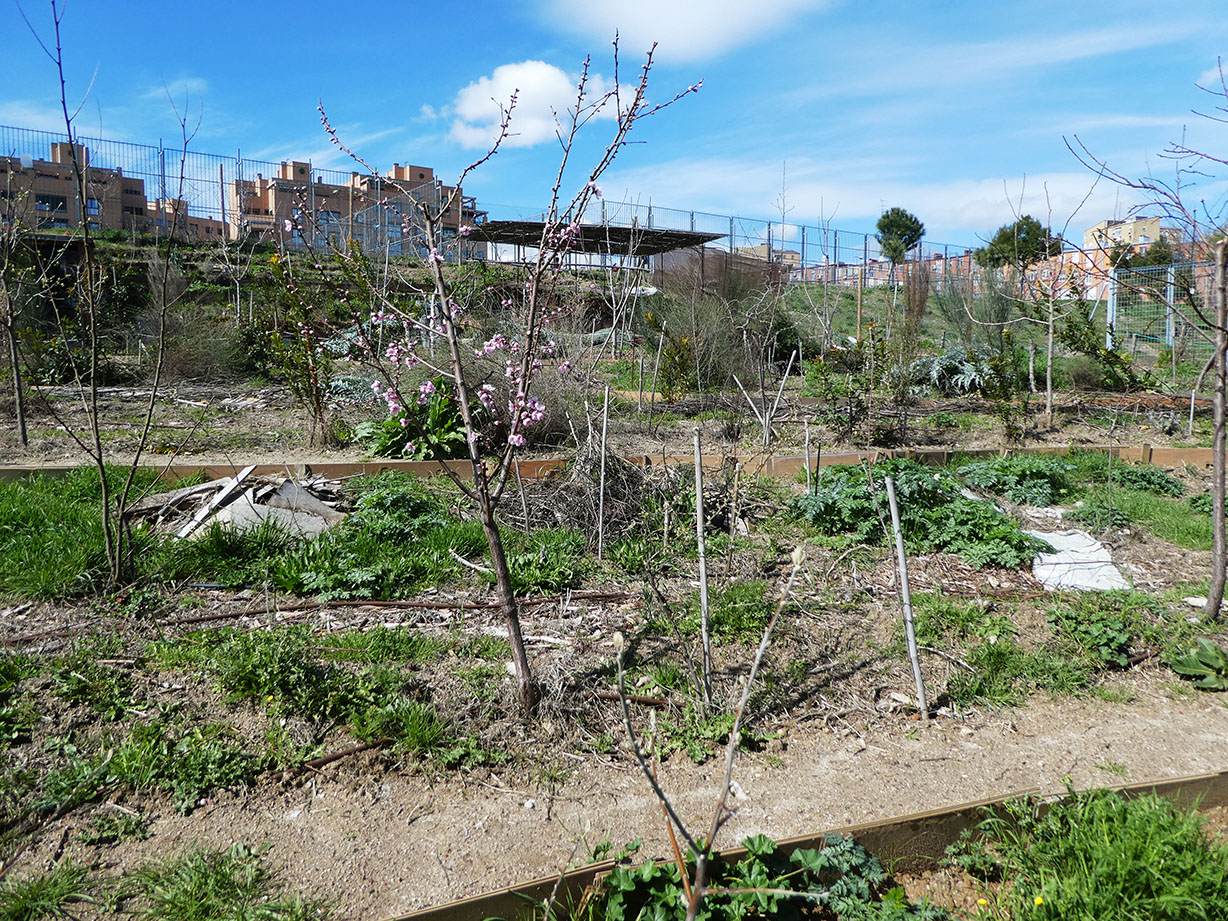
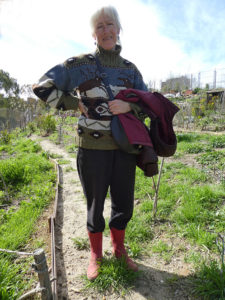
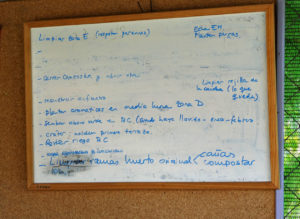

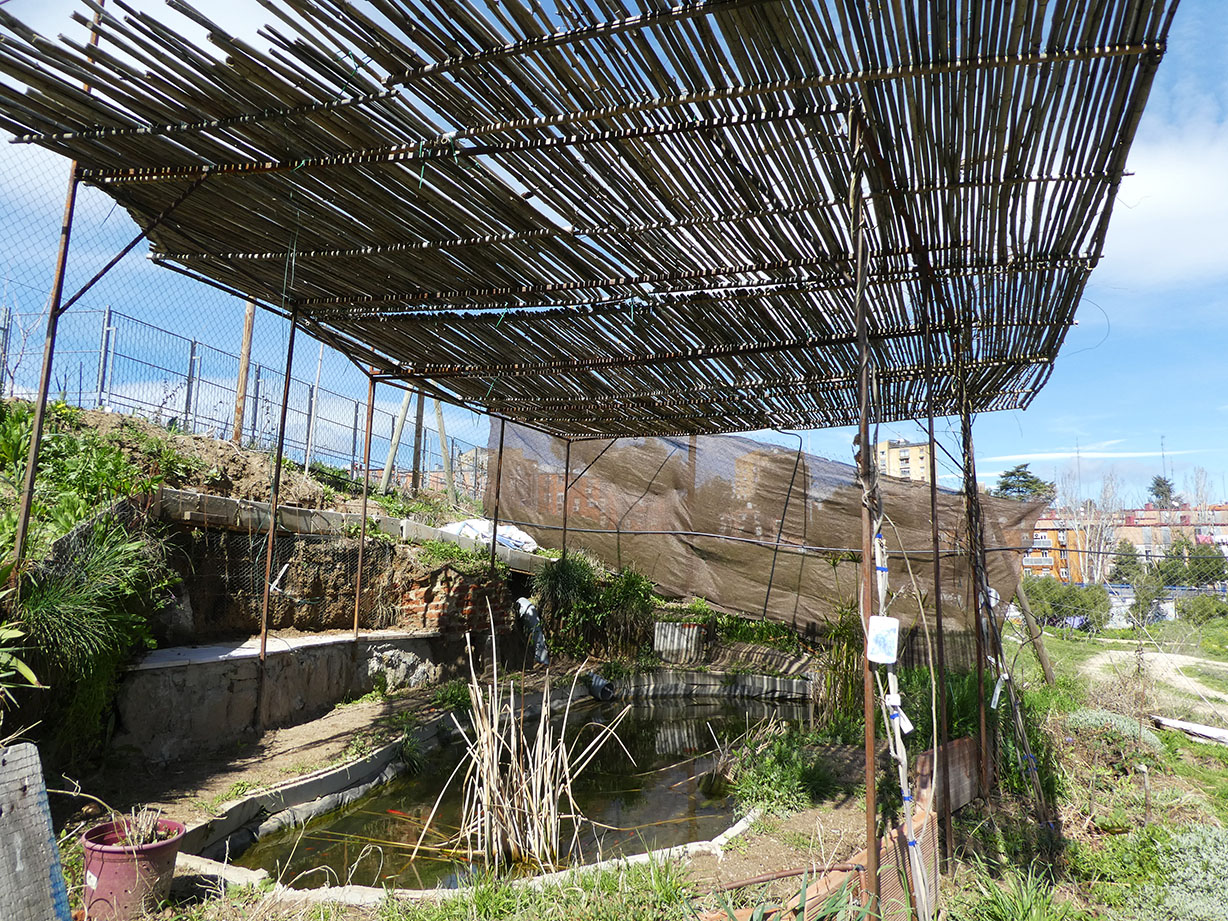
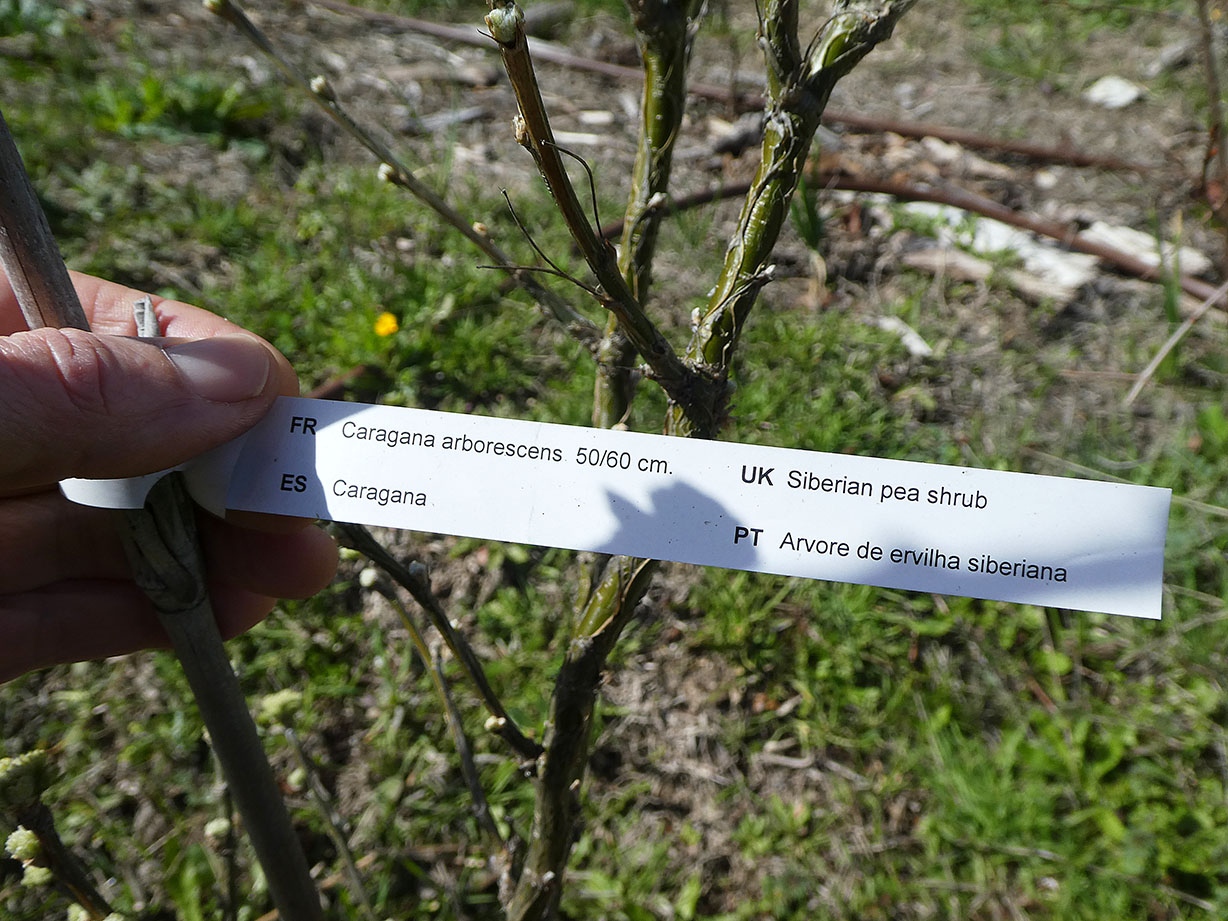
















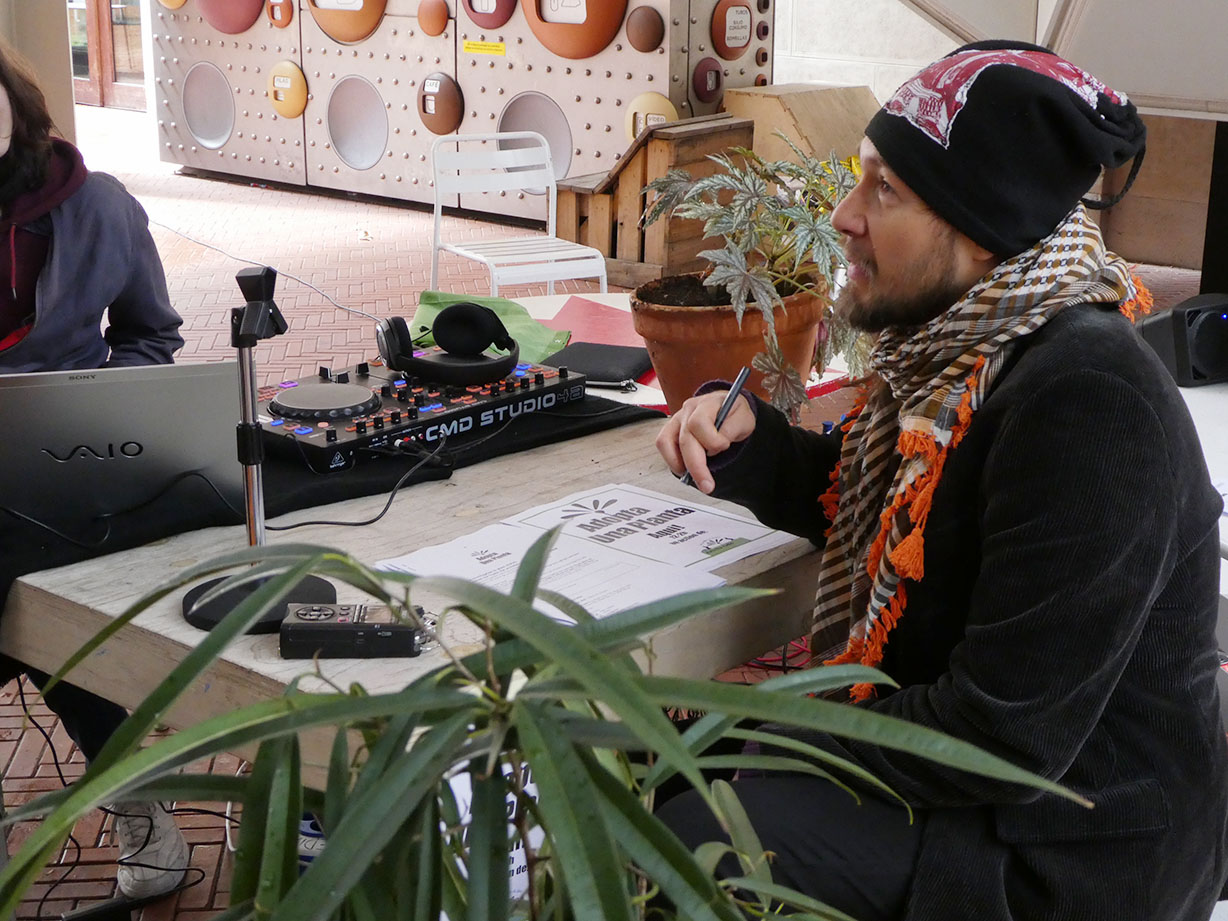 16. Marzo 2018
16. Marzo 2018








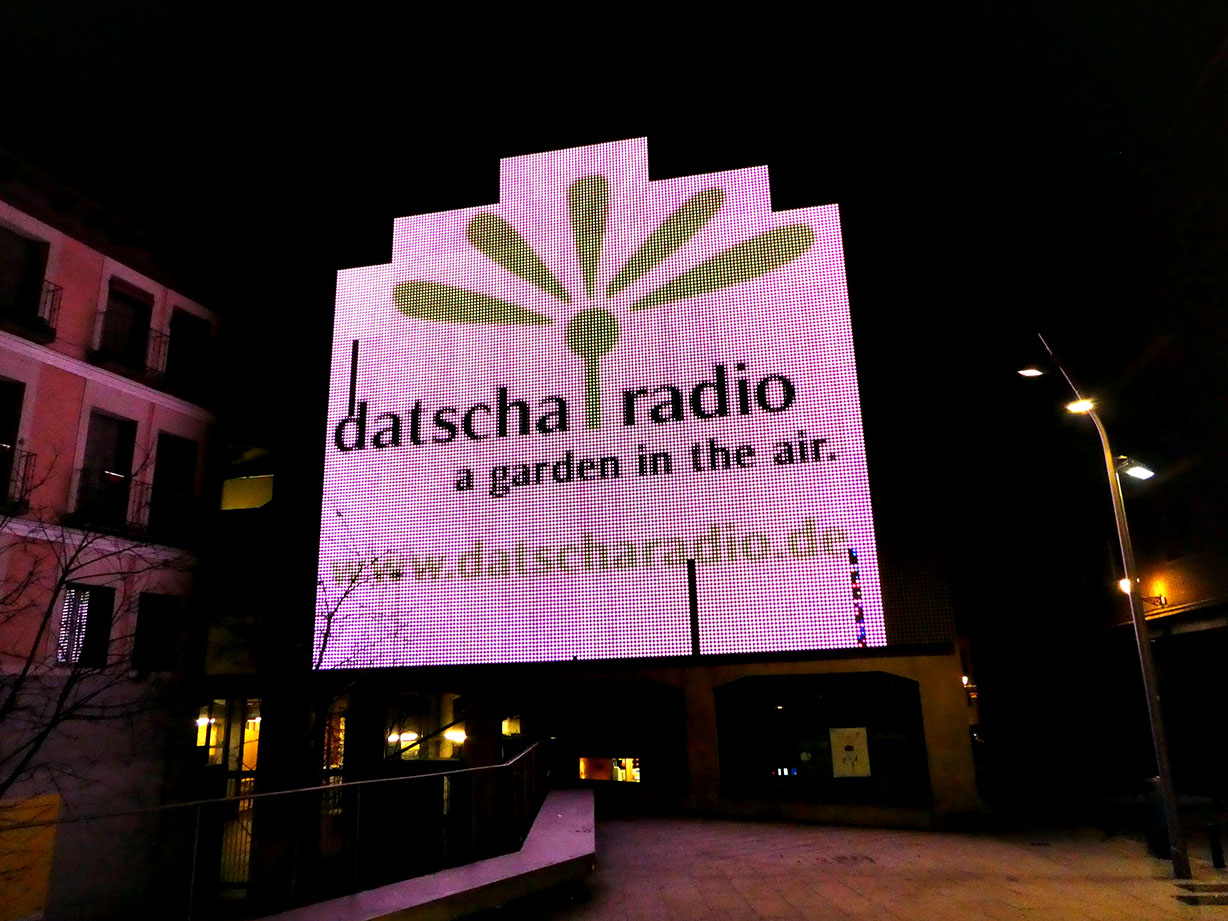
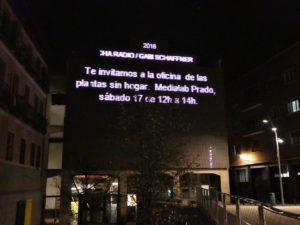

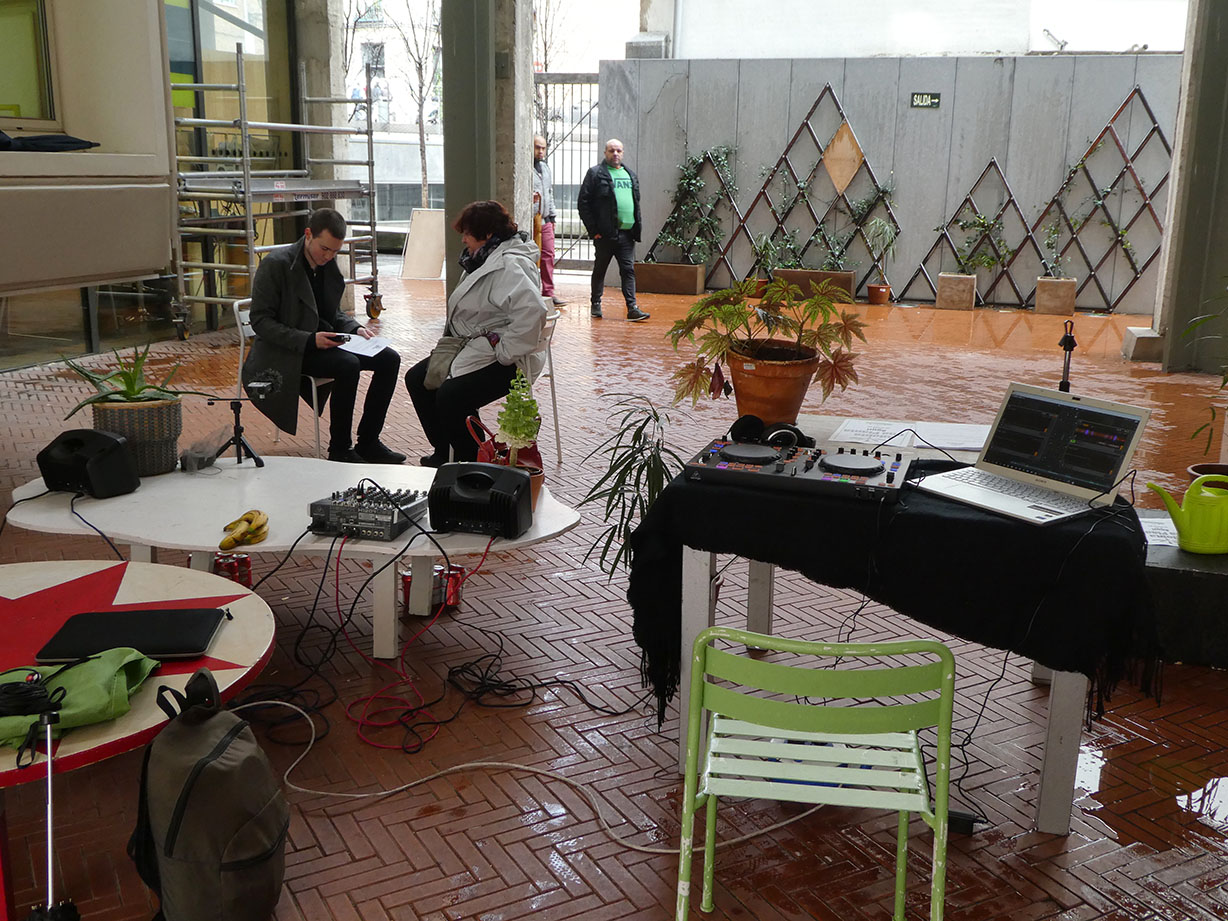
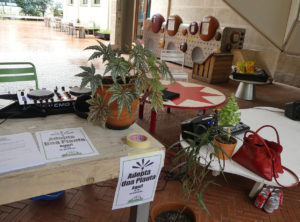
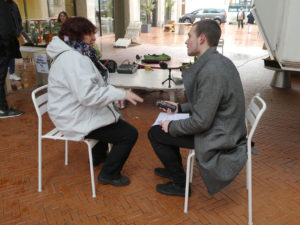
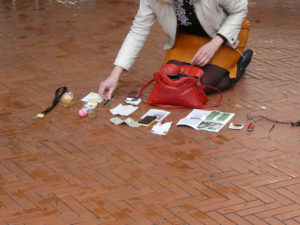
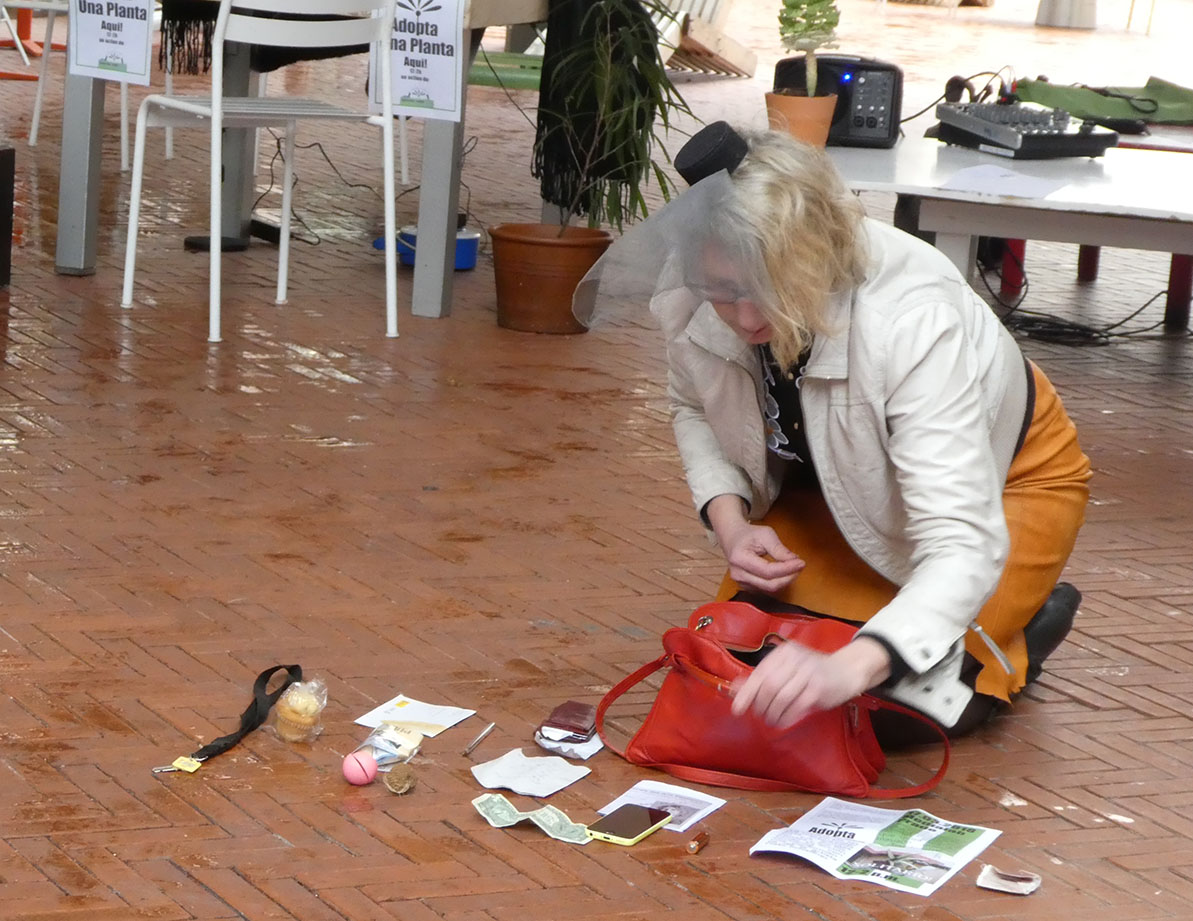
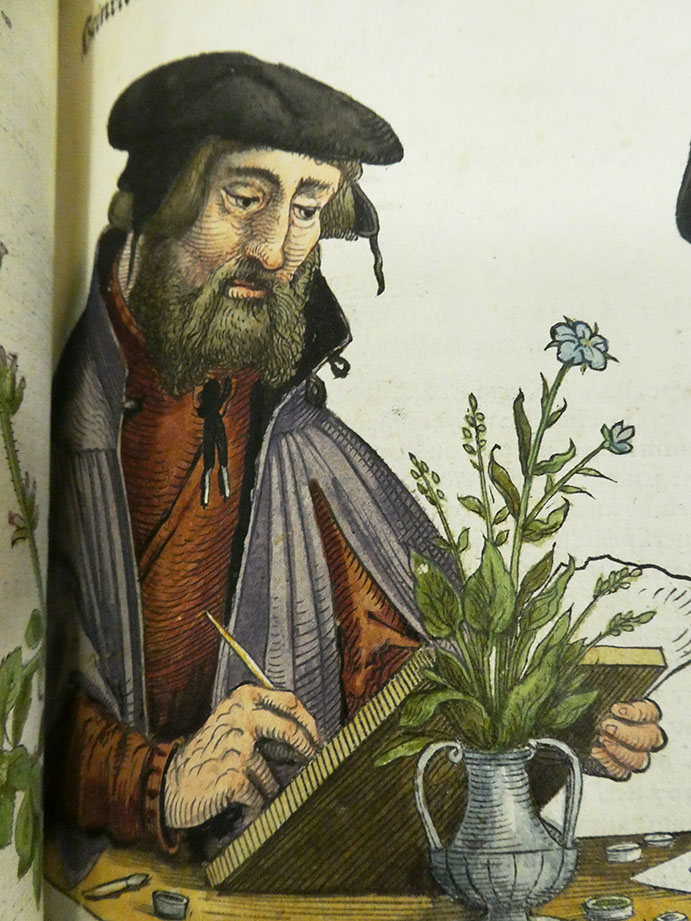 (Übersetzung folgt) A place for study, information but also a treasure trove of ancient books on botany, this is the library of the Real Jardìn Botanico. Felix Alonso is the head of the library department – we already met when I stumbled into the offices on my very first visit to the garden – and we both enjoy our second encounter. As requested I had prepared some questions and the interview runs smoothly (in the process of editing).
(Übersetzung folgt) A place for study, information but also a treasure trove of ancient books on botany, this is the library of the Real Jardìn Botanico. Felix Alonso is the head of the library department – we already met when I stumbled into the offices on my very first visit to the garden – and we both enjoy our second encounter. As requested I had prepared some questions and the interview runs smoothly (in the process of editing).
